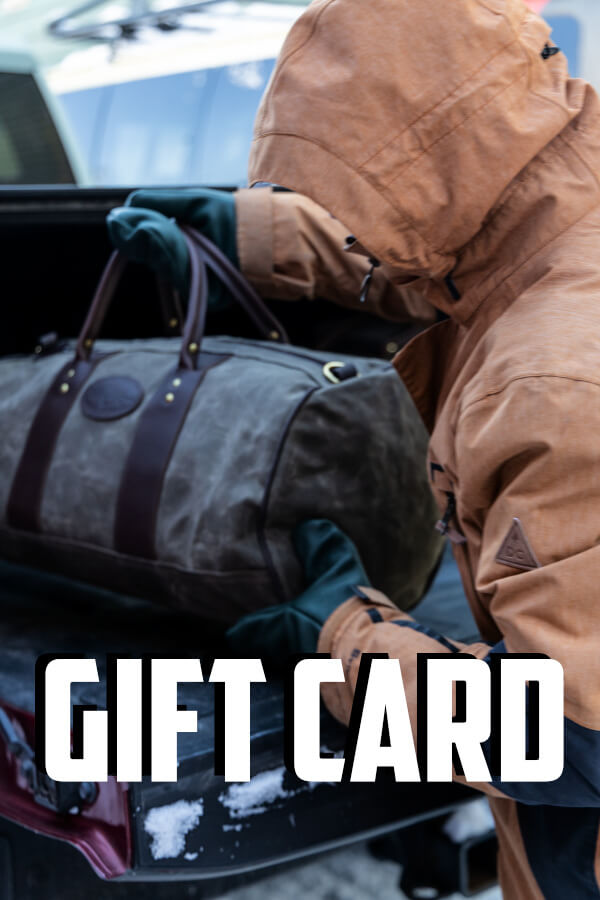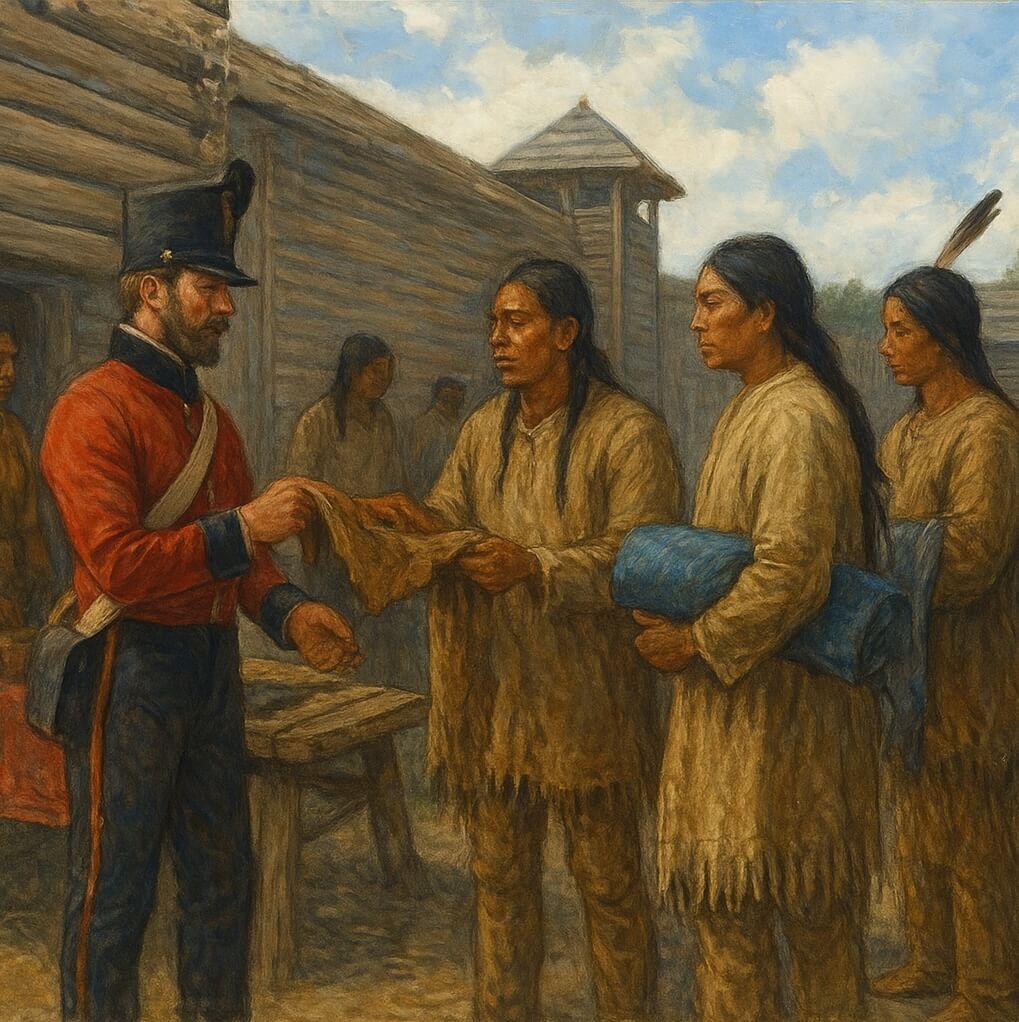Introduction
The Sami people, also known as Sámi or Saami, are an indigenous Finno-Ugric people traditionally inhabiting the Sápmi region, which spans northern parts of Norway, Sweden, Finland, and the Kola Peninsula of Russia. Renowned for their unique culture, language, and deep connection with nature, the Sami have maintained their traditions and lifestyle despite centuries of external pressures. The historical and cultural aspects of the Sami peoples runs deep and is distinctly unique.
Historical Background
The Sami are considered one of the oldest indigenous groups in Europe, with archaeological evidence suggesting their presence in the Arctic regions for thousands of years. Their history is characterised by resilience in the face of harsh climatic conditions and external threats. Traditionally, the Sami were semi-nomadic, with a lifestyle centred around reindeer herding, fishing, hunting, and gathering.
The introduction of agriculture and the expansion of neighbouring states during the medieval period brought significant changes. From the 14th century onwards, the Sami experienced increased contact with Scandinavian kingdoms and Russia, leading to trade but also conflict and colonisation. The imposition of borders in the 18th and 19th centuries further disrupted their traditional migratory patterns.
Relationship with Reindeer
Reindeer herding is perhaps the most distinctive aspect of Sami culture. The reindeer is not only a source of livelihood but also deeply embedded in Sami spirituality and identity. This symbiotic relationship dates back centuries and remains central to the Sami way of life.
Economic Importance
Reindeer herding provides meat, milk, hides, and antlers, which are essential for food, clothing, tools, and trade. The Sami developed sophisticated herding techniques, including seasonal migrations that follow the natural grazing patterns of reindeer. This mobility is crucial for maintaining the health of the herds and the environment.
The traditional herding system is a communal activity, with families often working together to manage large herds. This system fosters a strong sense of community and cooperation among the Sami, emphasising the collective over the individual.
We import reindeer hides directly from Sami businesses in Swedish Lapland. You can see them here
Cultural and Spiritual Significance
Beyond their economic value, reindeer hold significant cultural and spiritual meaning for the Sami. They are featured prominently in Sami mythology, art, and rituals. The relationship between the Sami and their reindeer is one of mutual respect and care, reflecting a broader Sami worldview that emphasises harmony with nature.
Reindeer are also central to traditional Sami celebrations and ceremonies. For example, the spring migration is often accompanied by rituals to ensure the well-being of the herd and successful grazing. These practices highlight the deep spiritual connection the Sami have with their environment and the animals they depend on.
Shamanism in Sami Culture
Shamanism is an ancient spiritual practice that has been a cornerstone of Sami culture for millennia. The Sami shaman, or Noaidi, serves as a mediator between the physical and spiritual worlds, using rituals, drumming, and trance states to communicate with spirits and ancestors.
The Role of the Noaidi
The Noaidi is a highly respected figure within Sami society, responsible for healing, divination, and guiding souls. They possess extensive knowledge of herbal medicine, spiritual rituals, and the natural world. The Noaidi’s ability to enter trance states, often induced by rhythmic drumming and chanting, allows them to journey to other realms and seek guidance or intervention from spiritual beings.
Tools and Symbols
The Sami drum, or goavddis, is one of the most important tools used by the noaidi. It is typically made from reindeer hide stretched over a wooden frame and adorned with symbolic patterns representing the cosmos, spirits, and natural elements. The drum’s rhythm is believed to facilitate communication with the spirit world, helping the noaidi navigate through different layers of reality.
Another significant aspect of Sami shamanism is the use of sacred objects and symbols, such as the sáiva, which are considered to be dwelling places of powerful spirits. These objects are treated with great reverence and are often passed down through generations.
Shamanism and Community Life
Shamanic practices are deeply interwoven with community life. Rituals and ceremonies conducted by the Noaidi are communal events that reinforce social bonds and cultural identity. They address various aspects of life, from health and fertility to hunting success and protection from harm. Through these practices, the Sami maintain a connection to their ancestral heritage and the spiritual forces that govern their world.
The Leuku Knife: The Traditional Sami Knife
The leuku, or Sami knife, is a versatile tool that epitomises the practicality and craftsmanship of the Sami people. Traditionally used in various aspects of daily life, the leuku knife is indispensable for tasks ranging from reindeer herding to woodcraft and food preparation.
Design and Function
The leuku typically features a broad, sturdy blade, measuring between 8 to 12 inches, with a slightly curved edge that allows for efficient cutting and chopping. The handle is usually made from birch or reindeer antler, providing a comfortable and secure grip. The knife’s robust construction makes it suitable for heavy-duty tasks, such as clearing brush, splitting wood, and butchering reindeer.
Cultural Significance
Beyond its practical applications, the leuku holds cultural significance. It symbolises self-reliance and adaptability, traits highly valued in Sami society. The process of making a leuku knife involves traditional knowledge and skills passed down through generations, reflecting the deep connection between the Sami people and their environment.
Custom made leuku's are often adorned with intricate carvings and decorations, showcasing the artistic talents of its maker. These embellishments can include traditional Sami motifs and symbols, adding a layer of personal and cultural expression to the tool.
Modern Uses and Continuity
While modern technology and tools have become more accessible, the leuku remains a cherished item among the Sami. It continues to be used in traditional practices and is often carried as a symbol of cultural pride and heritage. The knife’s enduring presence in Sami life underscores the importance of preserving traditional skills and knowledge in a rapidly changing world.
You can see the range of Stromeng Leuku knives that we import directly from Norwegian Lapland here
Challenges and Resilience
Despite their rich cultural heritage, the Sami people have faced numerous challenges over the centuries. Colonisation, forced assimilation policies, and industrialisation have all threatened their way of life. In the 19th and 20th centuries, state policies in Norway, Sweden, Finland, and Russia aimed to assimilate the Sami into the dominant cultures, often through coercive means such as banning the use of the Sami language in schools and discouraging traditional practices.
Environmental changes and modern economic pressures have also impacted the Sami’s traditional activities. Climate change poses a significant threat to reindeer herding, as shifting weather patterns affect grazing grounds and migration routes. Additionally, mining, logging, and other industrial activities encroach upon Sami lands, leading to conflicts over land use and resource rights.
Despite these challenges, the Sami have shown remarkable resilience. Efforts to revitalise Sami language and culture have gained momentum in recent decades. Sami political and cultural organisations advocate for their rights and work to preserve their traditions. Educational programs and media in the Sami language have been established, helping to foster a sense of pride and continuity among younger generations.
Conclusion
The Sami people of Lapland have a rich and complex heritage that is deeply intertwined with their environment and traditional practices. Their relationship with reindeer, the practice of shamanism, and the use of traditional tools like the leuku are integral to their cultural identity. Despite facing significant challenges, the Sami have maintained their traditions and continue to adapt in the face of modern pressures. Their story is one of resilience, emphasising the importance of preserving indigenous cultures and respecting the deep connections they hold with their natural surroundings. Through continued efforts to protect and promote their heritage, the Sami people strive to ensure that their unique way of life endures for future generations.






